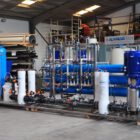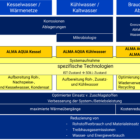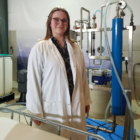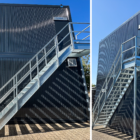Paint production is a complex process that places high demands on industrial water treatment and wastewater treatment. Coatings consist of a mixture of binders, pigments, solvents and additives, which are combined in complex processes. This produces a variety of wastewater and process water, the treatment of which plays a decisive role in environmental protection and the economic efficiency of the manufacturing process.
Table of contents
Technical processes in paint production
Paint production can be divided into several main stages, each of which places specific demands on the water technology:
1. production of binders
Binders are the main component of paints and serve as a carrier for pigments and additives. They consist of natural or synthetic polymers such as alkyd resins, epoxy resins or polyurethanes. The production of these substances often requires the use of process water for cooling, dilution or as a reaction medium.
2. dispersion and mixing
In this step, pigments, additives and solvents are incorporated into the binder. Agitators, dispersing machines and grinders are used here. The process water is often used to cool the systems and absorbs organic and inorganic impurities in the process.
3. filtration and cleaning
After mixing, the paint often undergoes filtration processes to remove unwanted particles and impurities. This produces waste water with fine solids and dissolved organic compounds.
4. filling and cleaning
During the filling and packaging of paints, machines and containers are cleaned, resulting in heavily contaminated cleaning wastewater. This wastewater often contains high concentrations of solvents, surfactants and pigment residues.
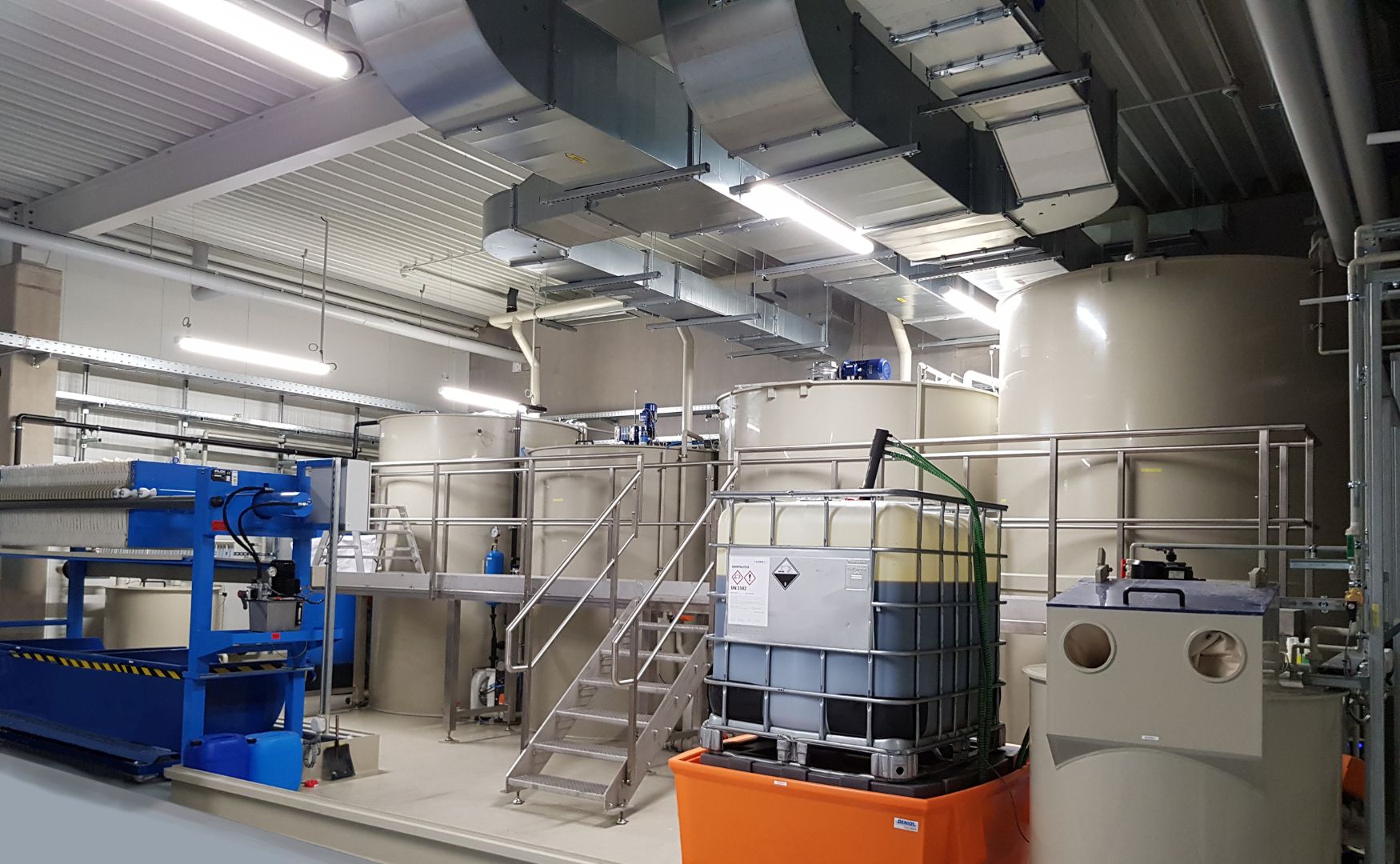
Photo: Our CP system ALMA CHEM MCW for the treatment of wastewater from the paint and coatings industry, with sludge dewatering
Typical contamination of wastewater from paint production
The wastewater from paint production is characterized by a variety of ingredients that require the selection of suitable treatment technologies. Typical parameters are
1. organic loads (COD, TOC)
Origin: binders, solvents, additives.
Effects: High chemical oxygen demand (COD) and total organic carbon (TOC) make biological and chemical treatment more difficult.
2. pigment residues and solids
Origin: Unused pigments from cleaning processes or bottling plants.
Effects: Increased turbidity and sludge volume.
3. heavy metals
Origin: Metal pigments or catalysts from binder production.
Effects: Toxicity requiring pretreatment.
4. surfactants and emulsifiers
Origin: Detergents and additives.
Effects: Stabilization of emulsions that make phase separation more difficult.
5. pH fluctuations
Origin: Purification processes and chemical reactions.
Effects: Require pH neutralization prior to discharge or further treatment.

Photo: Our ALMA CHEM MCW CP system for treating wastewater from the paint and coatings industry
Treatment technologies for wastewater from paint production
The treatment of wastewater from paint production requires a combination of physical, chemical and biological processes. A careful analysis of the wastewater composition is essential in order to select the appropriate technologies:
1. precipitation and flocculation (CP systems)
Objective: Removal of heavy metals, pigments and solids.
How it works: The addition of precipitants such as iron or aluminum salts converts dissolved substances into insoluble particles. Flocculants support the formation of larger particles that are easier to settle.
Challenges: High precipitant consumption with heavily organically contaminated wastewater (COD > 1,000 mg/l).
2. membrane processes(ultrafiltration, reverse osmosis)
Objective: Retention of dissolved organic substances, heavy metals and very fine particles.
How it works: Ultrafiltration separates solids and macromolecules, while reverse osmosis removes dissolved salts and organic substances.
Challenges: Scaling and fouling due to high COD or salt concentrations.
3. biological post-treatment (e.g. ALMA BioFIL Compact)
Objective: Degradation of organic compounds such as TOC and COD, after precipitation and flocculation.
How it works: Microorganisms metabolize organic substances into CO₂ and water. BioFIL technology offers a compact solution for biologically activated filtration.
Challenges: Heavy metals and solvents can have a toxic effect on microorganisms and reduce the efficiency of treatment.
4. sludge treatment
Objective: Disposal of residues from chemical and physical treatment.
How it works: Thickening, dewatering and thermal utilization.
Challenges: Disposal costs and residues from heavy metals.
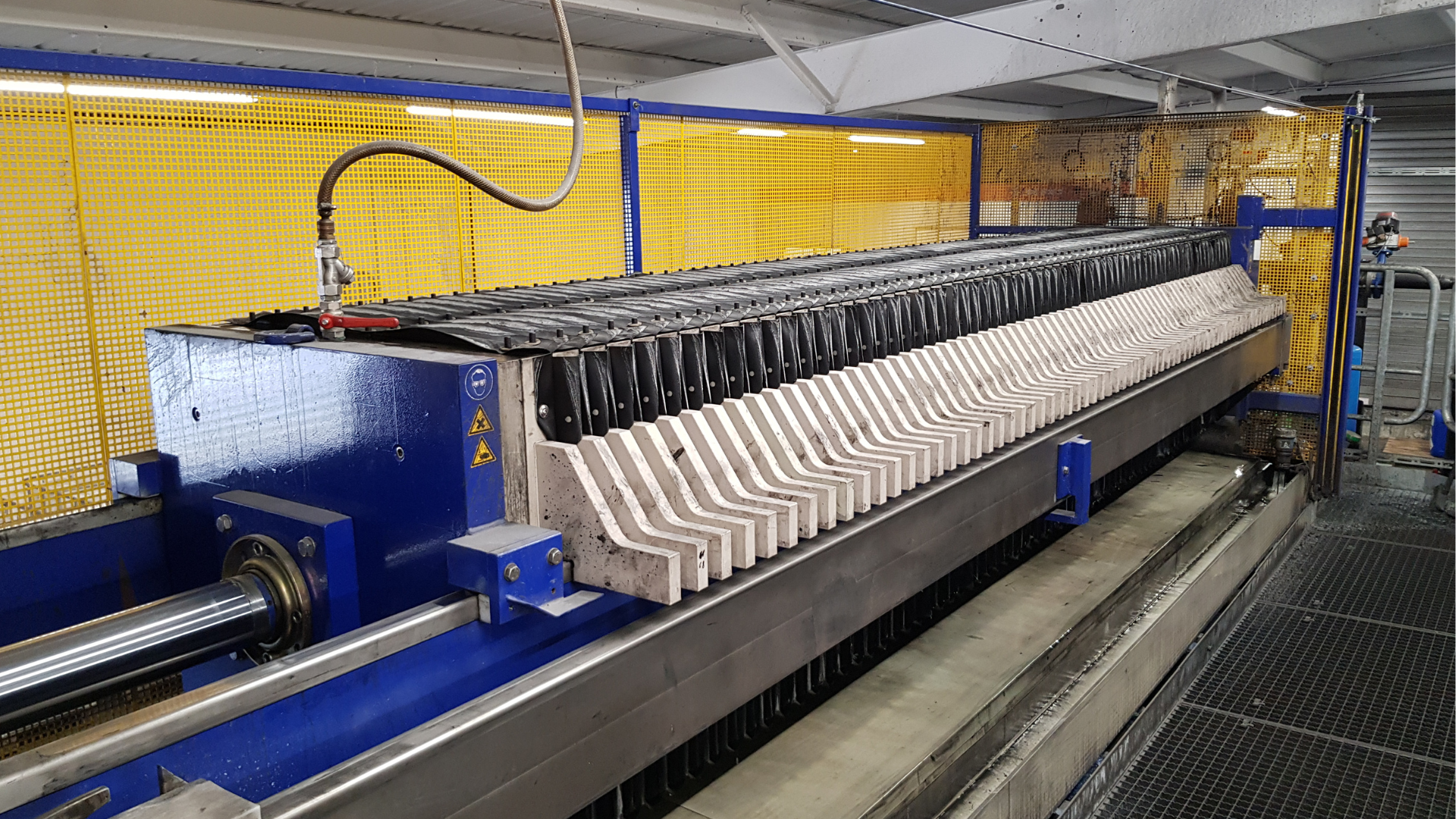
Photo: Our ALMA CFP chamber filter press for dewatering sludge from CP treatment
Conclusion
Paint production places high demands on water and wastewater treatment. Organic contamination, heavy metals and pH fluctuations require customized solutions that combine physical, chemical and biological processes. Precise analysis of the wastewater composition and the use of innovative technologies such as the ALMA CHEM MCW CP system make it possible to increase efficiency and comply with legal requirements. For further information on our products, please feel free to contact us at any time!




